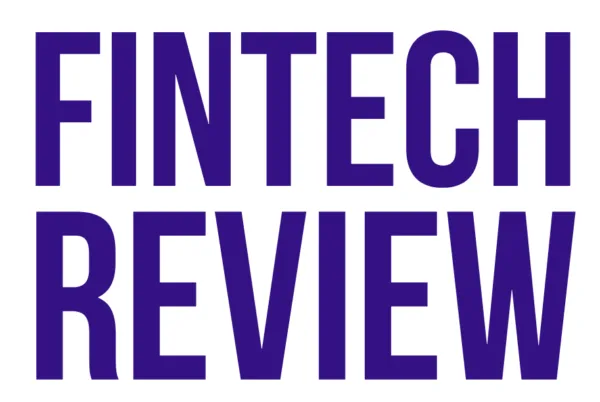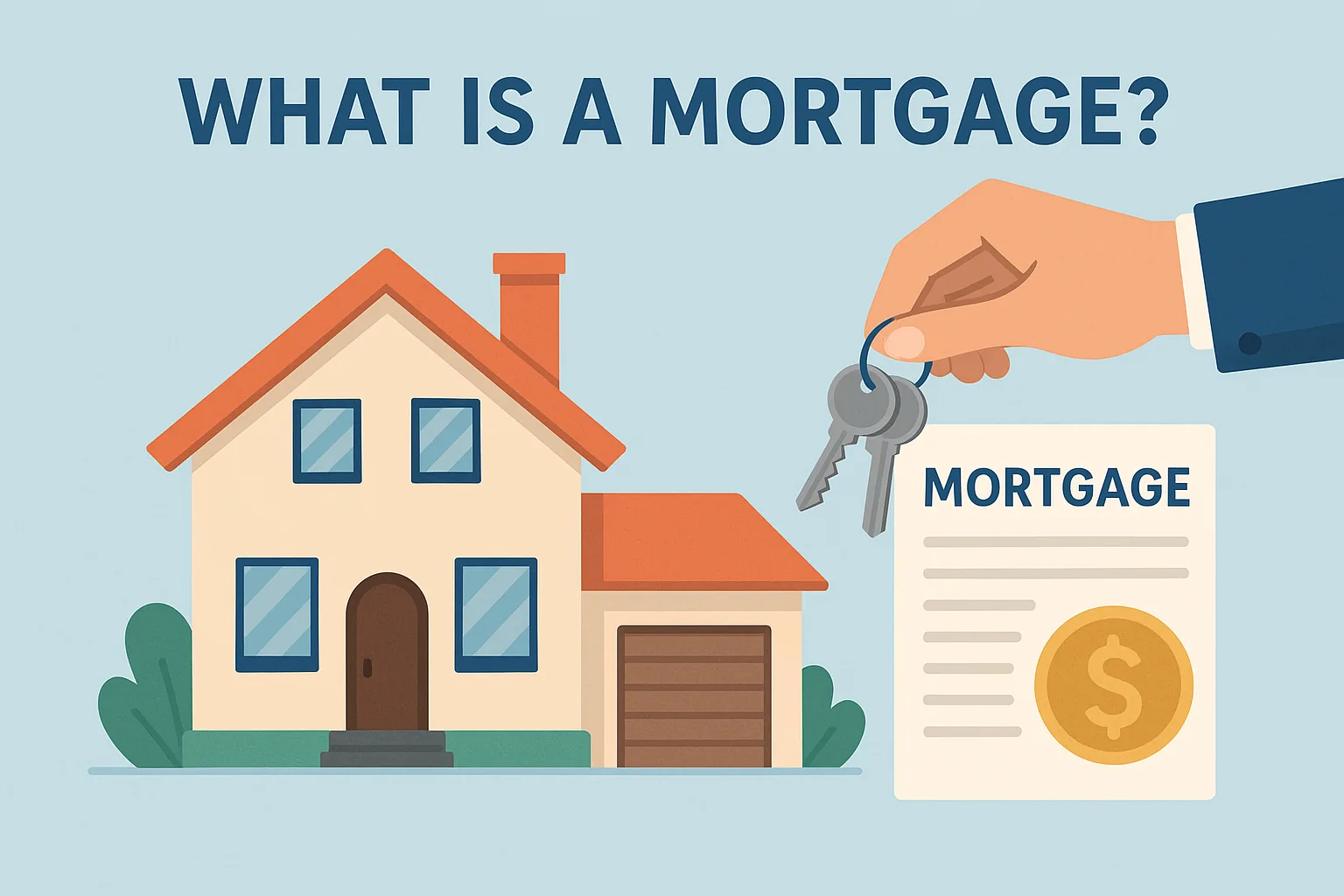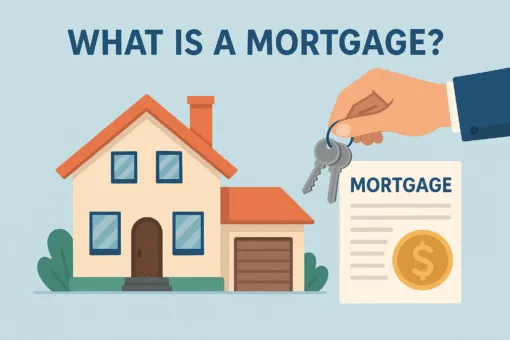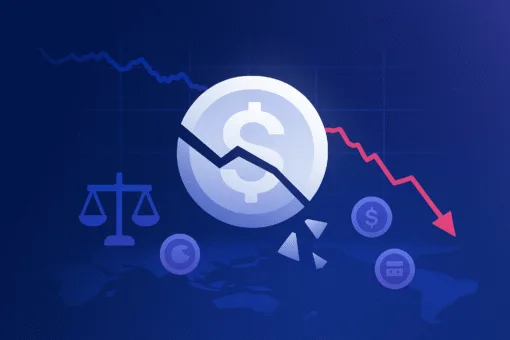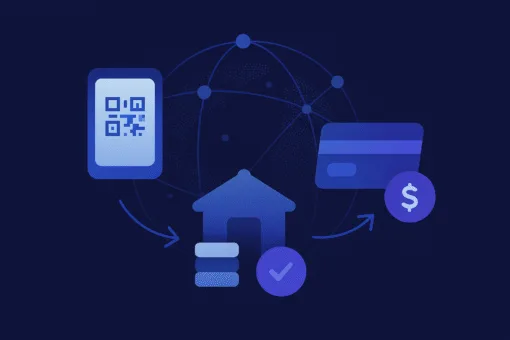Buying a home is one of the defining financial steps in life. It is probably the most important personal finance decision that you will ever make. For most people, paying the full purchase price in cash is impossible. This is why mortgages exist. A mortgage is a loan that allows individuals and families to buy property by spreading the cost across decades rather than years. It is not just a financial product but a pillar of modern economies, central to housing markets and wealth-building for millions.
Understanding how a mortgage works is vital for anyone considering homeownership. From deposits and repayments to risks and long-term implications, mortgages are complex instruments that deserve careful attention.
A Brief History of Mortgages
The idea of borrowing money to buy property has existed for centuries. The term “mortgage” originates from the Old French phrase mort gage, meaning “dead pledge.” This pledge would end either when the debt was repaid or when the borrower defaulted, at which point the lender could seize the property.
In their earliest form, mortgages were relatively simple agreements between landowners and lenders. As economies modernised and urbanisation expanded, mortgages became more structured and institutionalised. By the 20th century, governments in countries such as the United States and the United Kingdom encouraged mortgage lending as part of policies to support economic growth and homeownership. Today, mortgages are one of the largest categories of consumer borrowing worldwide, underpinning both personal wealth and national economies.
What Is a Mortgage?

At its core, a mortgage is a secured loan that enables someone to purchase property. The key word is “secured.” Unlike personal loans or credit card borrowing, a mortgage is tied to the property being purchased.
If repayments are not made, the lender has usually the legal right to repossess and sell the property to recover what is owed.
The mortgage loan is typically repaid in monthly instalments over a long period, often 20 to 30 years. This extended timeframe makes the loan manageable in terms of monthly payments, but it also means that interest payments accumulate significantly over time.
Deposits and Loan-to-Value Ratios
Every mortgage starts with a deposit, also known as a down payment. This is the portion of the property’s purchase price that the buyer pays upfront. The lender then provides the remainder. The relationship between the size of the loan and the value of the property is known as the loan-to-value ratio, or LTV.
Consider someone buying a home for $250,000 with a deposit of $50,000. They borrow the remaining $200,000 from a lender. In this case, the LTV is 80%. The lower the LTV, the less risky the loan is considered to be. This is why borrowers with larger deposits often secure more favourable interest rates. Those with small deposits, such as 5% or 10%, may face higher rates and stricter conditions.
Loan-to-Value (LTV) Calculator
Example: $300,000
Leave blank if you want to enter the loan amount.
If this is > 0, deposit is ignored.
Optional, only if rolling fees into loan.
The Role of Interest
Interest is what makes a mortgage profitable for the lender. It is the charge applied to the outstanding balance of the loan, and it is one of the most important factors influencing the total cost of borrowing.
Mortgages can be structured in different ways depending on how interest is applied. Fixed-rate mortgages lock in a specific interest rate for a set period, giving borrowers certainty over their monthly repayments. Variable-rate mortgages, by contrast, can rise or fall depending on the lender’s standard variable rate or broader economic conditions such as central bank base rates. Tracker mortgages are tied more directly to a benchmark, such as the Bank of England base rate, with a small margin added by the lender.
The difference of just a percentage point or two can amount to tens of thousands of pounds over the lifetime of the loan. On a $200,000 mortgage over 25 years, an interest rate of 3% produces a very different repayment profile compared to 5%.
Repayment Models
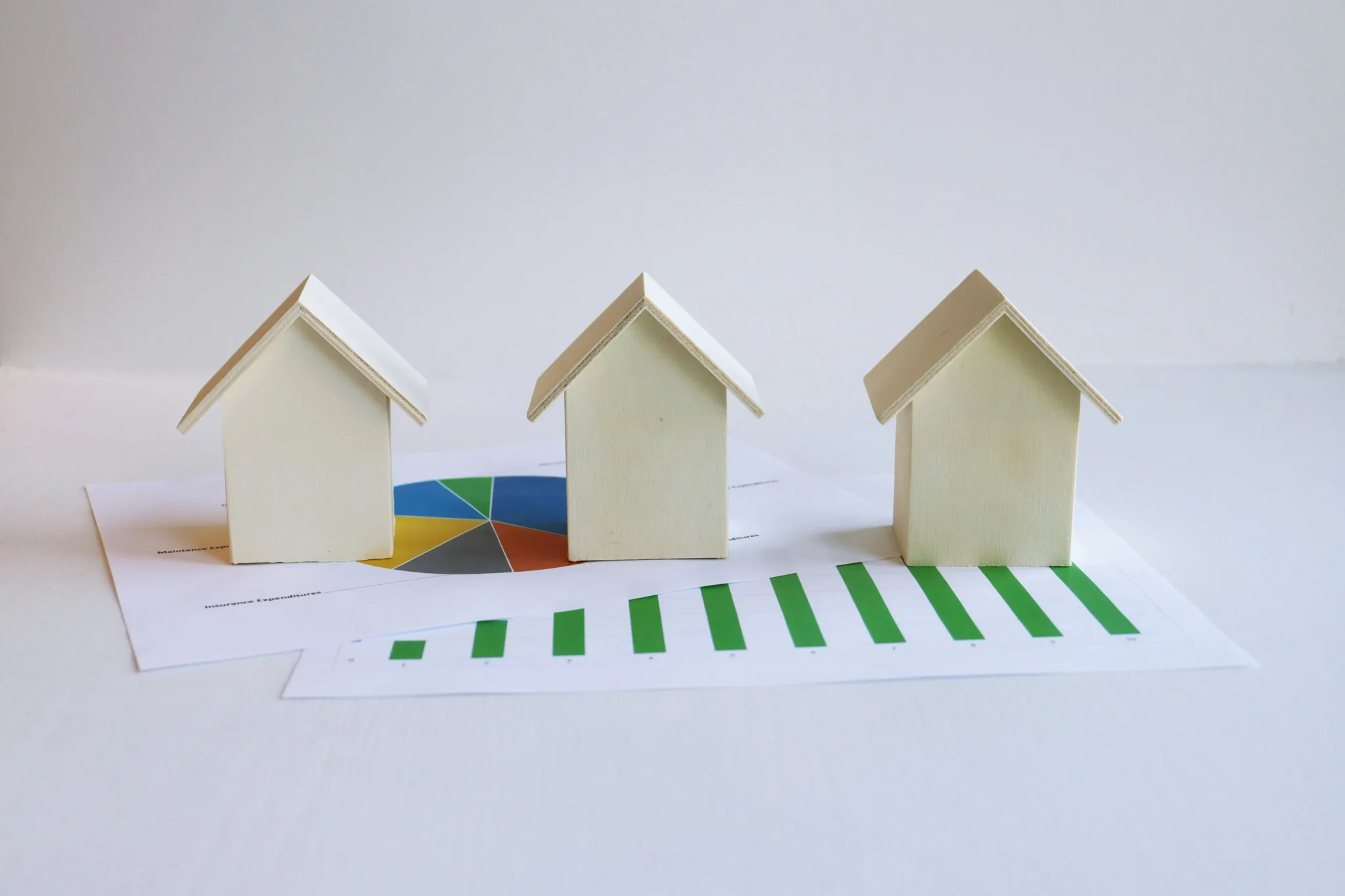
Most modern mortgages are repayment mortgages. This means that each monthly instalment includes both interest and a portion of the principal, the original amount borrowed. In the early years, a larger share of each payment goes towards interest, but as the balance gradually decreases, more of the payment reduces the principal. By the end of the term, the loan is fully repaid and the borrower owns the property outright.
Other structures exist as well. Interest-only mortgages, once popular in certain markets, require borrowers to pay only the interest each month, leaving the principal untouched until the end of the term. At that point, the borrower still owes the entire original loan, which must be repaid either by selling the property, refinancing, or using an investment plan. Offset mortgages link the loan to a savings account, reducing the interest charged by “offsetting” the savings balance against the outstanding debt. Flexible mortgages allow borrowers to make overpayments, underpayments, or even pause payments temporarily. Each of these models has its advantages and risks depending on individual circumstances.
Mortgages in Different Markets
Mortgage structures vary depending on the country. In the United Kingdom, fixed-rate periods tend to be relatively short, often two to five years, after which borrowers revert to the lender’s standard variable rate unless they remortgage. This leads many homeowners to switch products multiple times over the course of their mortgage.
In the United States, by contrast, long-term fixed-rate mortgages of 15 or 30 years are common. Borrowers lock in their interest rate for the entire term, providing stability but sometimes at a higher cost compared to shorter-term deals. These differences reflect both cultural preferences and regulatory frameworks, showing how mortgages are adapted to national contexts.
The True Cost of a Mortgage

When people think of mortgages, they often focus only on the headline interest rate and the size of their monthly repayments. In reality, a mortgage carries a range of additional costs. Lenders may charge arrangement or booking fees for setting up the loan. Valuation and survey fees are required to confirm the property’s condition and value. Solicitors charge legal fees to handle contracts, searches, and title transfers. Depending on jurisdiction, buyers may also pay significant property taxes or stamp duty.
On top of these, there are potential early repayment charges if a borrower chooses to pay off their mortgage ahead of schedule, as well as mandatory insurance requirements such as building cover. When added together, these expenses can make home buying substantially more expensive than the purchase price alone suggests.
Case Studies in Practice
Scenario set-up
Investor: $300,000 price, 30% deposit, $210,000 loan, 25 years, 4% interest, interest-only.
Loan balance over time
Annual payment breakdown
Risks and Challenges
Mortgages are powerful financial tools, but they also carry significant risks. Default is the most obvious. Missing payments can damage credit scores and ultimately lead to repossession. Interest rate fluctuations present another risk, especially for borrowers on variable or tracker mortgages. A sudden rise in rates can add hundreds of pounds to monthly bills.
Negative equity is another challenge. This occurs when property values fall below the outstanding mortgage balance. In such cases, borrowers may be unable to sell or refinance without incurring losses. The global financial crisis of 2008 revealed just how devastating widespread negative equity can be, not only for households but for entire economies.
Mortgages and the 2008 Financial Crisis

The role of mortgages in the 2008 crisis is impossible to ignore. In the United States, risky lending practices, including subprime mortgages issued to borrowers with poor credit, created a housing bubble. When borrowers defaulted, mortgage-backed securities, complex financial instruments built on these loans, collapsed in value. The effects rippled across the global financial system, triggering one of the worst recessions in modern history.
This episode underscores the importance of responsible lending and borrowing. It also demonstrates how something as personal as a home loan can have systemic consequences, linking individual households to the stability of global markets.
Remortgaging and Early Repayment
Many borrowers choose to remortgage at various points during their loan term. This might be to secure a lower interest rate, release equity from their property, or switch to a different repayment model. Regularly reviewing mortgage deals is often one of the most effective ways to save money over time.
Early repayment is another consideration. Making overpayments can reduce the principal more quickly, saving thousands in interest and potentially cutting years off the loan term. However, many lenders impose penalties for paying off too much too soon. Understanding these conditions is essential before making such decisions.
Broader Economic Importance
Mortgages are more than just personal financial products. They shape entire economies. Housing markets influence construction industries, consumer spending, and government revenues. Central banks monitor mortgage lending closely when setting monetary policy, knowing that interest rate changes ripple directly into household budgets through mortgage payments.
A well-functioning mortgage market supports stable growth and accessible housing. A poorly regulated one can fuel bubbles and crises. This dual role makes mortgages both a personal responsibility and a matter of national economic policy.
Practical Guidance for Borrowers

Anyone considering a mortgage should begin with a clear understanding of their finances. Budgeting carefully, accounting not only for repayments but also for insurance, maintenance, and unexpected expenses, is critical. It is also wise to build an emergency fund to protect against sudden income loss.
Shopping around for deals, rather than simply accepting an offer from one’s main bank, can also pay off. Mortgage brokers and comparison platforms help reveal better rates and terms. Once a mortgage is in place, regular reviews are essential to avoid slipping onto expensive variable rates.
Finally, long-term thinking is crucial. A mortgage is not just about affordability today but about sustainability over decades. Changes in employment, family size, or health can all affect the ability to repay. Anticipating these possibilities helps ensure that the mortgage remains a source of stability rather than stress.
Conclusion
A mortgage is one of the most important financial commitments many people will ever make. It is both an opportunity and a responsibility. For individuals, it is the pathway to homeownership, stability, and wealth-building. For societies, it is a cornerstone of economic growth and a potential source of systemic risk.
Understanding how a mortgage works, from deposits and interest rates to repayments and risks, empowers borrowers to make informed decisions. With careful planning, realistic budgeting, and awareness of long-term obligations, a mortgage can be a safe and effective way to achieve homeownership.
